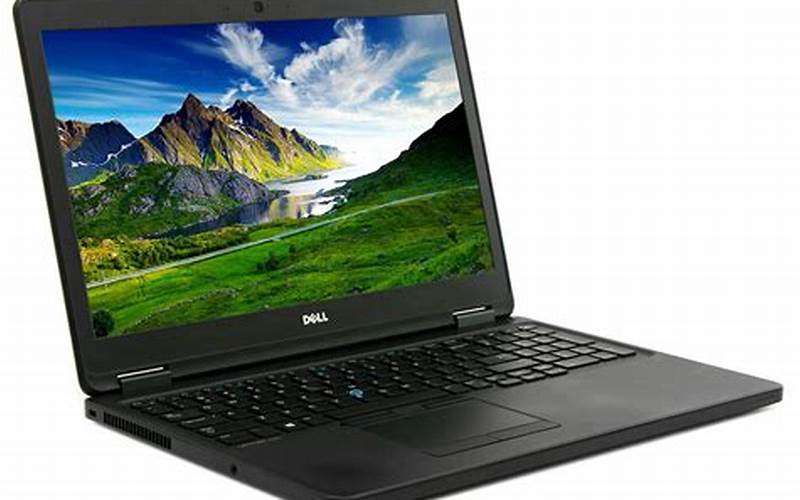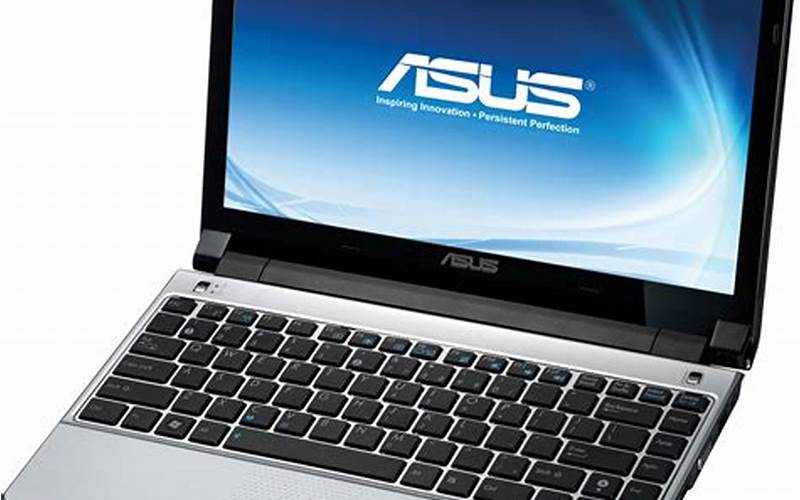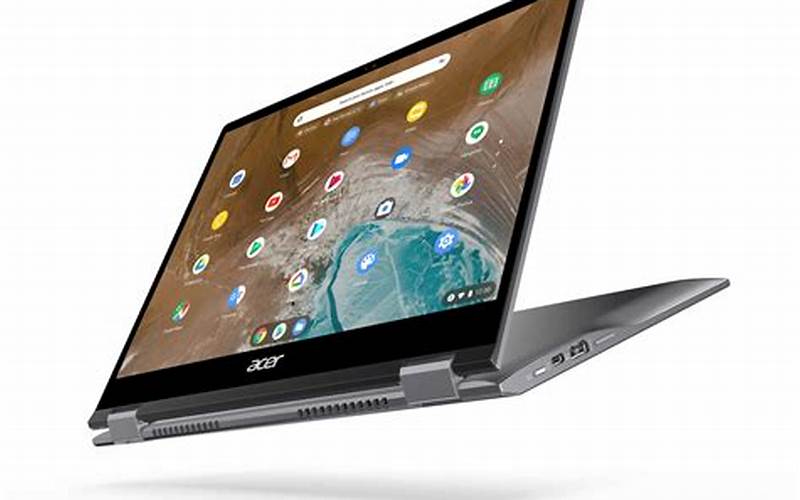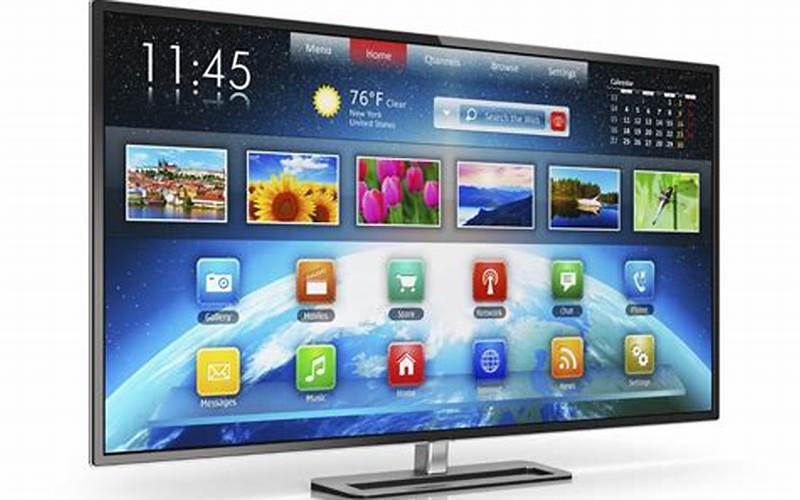 Source: tse1.mm.bing.net
Source: tse1.mm.bing.netIn today's digital age, computers have become an integral part of our lives. From surfing the internet to managing work tasks, computers have revolutionized the way we live and work. But have you ever wondered if there are other words we can use to describe these incredible machines? In this article, we will explore some alternative terms for a computer that you may find interesting.
1. Personal Computer (PC)
 Source: tse1.mm.bing.net
Source: tse1.mm.bing.netOne of the most common terms used to refer to a computer is a Personal Computer (PC). This term encompasses desktop computers, laptops, and other devices that are designed for personal use. PCs are versatile machines that can be used for a wide range of tasks, including word processing, gaming, and multimedia activities.
2. Desktop
 Source: tse1.mm.bing.net
Source: tse1.mm.bing.netA desktop computer is a type of computer that is designed to sit on a desk or table. These computers typically consist of a separate monitor, keyboard, and CPU (central processing unit) tower. Desktops are known for their power and performance and are often preferred by professionals who require high computing capabilities.
3. Laptop
 Source: tse1.mm.bing.net
Source: tse1.mm.bing.netLaptops, also known as notebook computers, are portable devices that can be carried around easily. They are designed to be compact and lightweight, making them ideal for users who need to work on the go. Laptops are equipped with a built-in keyboard, touchpad, and display, making them a convenient option for those who need a computer on the move.
4. Notebook
 Source: tse1.mm.bing.net
Source: tse1.mm.bing.netSimilar to laptops, notebooks are portable computers that are lightweight and easy to carry. The term "notebook" is often used interchangeably with "laptop," although some people consider notebooks to be smaller and more compact than traditional laptops. Notebooks are popular among students and professionals who need a computer for note-taking and basic computing tasks.
5. Workstation
 Source: tse1.mm.bing.net
Source: tse1.mm.bing.netWorkstations are specialized computers that are designed for high-performance tasks, such as computer-aided design (CAD), video editing, and scientific calculations. These computers are equipped with powerful processors, large amounts of RAM (random-access memory), and dedicated graphics cards to handle intensive computing workloads. Workstations are commonly used in industries such as engineering, architecture, and media production.
6. Server
 Source: tse1.mm.bing.net
Source: tse1.mm.bing.netServers are computers that are designed to provide services and resources to other computers or devices on a network. They are typically more powerful and have higher storage capacities compared to regular desktop or laptop computers. Servers play a vital role in managing and storing data, hosting websites, and facilitating communication between devices. They are commonly used in businesses, data centers, and internet service providers.
7. Mainframe
 Source: tse1.mm.bing.net
Source: tse1.mm.bing.netMainframe computers are large and powerful machines that are capable of handling massive amounts of data and processing power. They are used by organizations that require high-speed and reliable computing resources, such as banks, government agencies, and research institutions. Mainframes are known for their scalability and ability to run multiple tasks simultaneously.
8. Microcomputer
 Source: tse1.mm.bing.net
Source: tse1.mm.bing.netMicrocomputers, also known as micros, are small-scale computers that are designed for individual use. They are often used interchangeably with personal computers, as they are typically used by individuals or small businesses. Microcomputers come in various forms, including desktops, laptops, tablets, and smartphones.
9. Netbook
 Source: tse1.mm.bing.net
Source: tse1.mm.bing.netNetbooks are small, lightweight, and affordable laptops that are primarily used for basic computing tasks, such as web browsing, email, and word processing. They are characterized by their compact size and low-cost components. Netbooks were popular during the early 2000s but have been largely replaced by tablets and ultrabooks.
10. Ultrabook
 Source: tse1.mm.bing.net
Source: tse1.mm.bing.netUltrabooks are a type of lightweight and thin laptops that prioritize portability and performance. They are designed to be sleek and slim, making them highly portable. Ultrabooks often feature long battery life, fast processors, and solid-state drives (SSD) for quick boot times and efficient performance. They are a popular choice for users who require a balance of power and mobility.
11. Tablet
 Source: tse1.mm.bing.net
Source: tse1.mm.bing.netTablets are portable devices with touchscreens that provide a more intuitive and interactive user experience. They are designed for consuming media, browsing the internet, and running mobile applications. Tablets offer the convenience of mobility and are often used for entertainment, education, and casual computing tasks.
12. Convertible
 Source: tse1.mm.bing.net
Source: tse1.mm.bing.netConvertible laptops, also known as 2-in-1 laptops, are versatile devices that can be used both as a laptop and a tablet. They feature a hinge mechanism that allows the screen to be rotated or detached, transforming the device into a tablet-like form factor. Convertibles offer the flexibility of using a physical keyboard or a touchscreen, making them suitable for various tasks and user preferences.
13. All-in-One
 Source: tse1.mm.bing.net
Source: tse1.mm.bing.netAll-in-One (AIO) computers are desktop computers that integrate the monitor and the CPU into a single unit. Unlike traditional desktop computers, AIOs eliminate the need for a separate tower, resulting in a more compact and streamlined design. All-in-One computers are popular for their space-saving capabilities and ease of setup.
14. Gaming Rig
 Source: tse1.mm.bing.net
Source: tse1.mm.bing.netGaming rigs, also known as gaming computers, are specially designed computers that are optimized for playing video games. These computers are equipped with powerful processors, dedicated graphics cards, and high-speed memory to deliver an immersive gaming experience. Gaming rigs can handle demanding graphics and processing requirements, enabling gamers to play the latest and most resource-intensive games.
15. Smart Device
 Source: tse1.mm.bing.net
Source: tse1.mm.bing.netSmart devices are a broad category of devices that can connect to the internet and perform various tasks beyond traditional computing. These devices include smartphones, smart TVs, smartwatches, and other internet-connected appliances. Smart devices often feature advanced functionalities such as voice control, artificial intelligence, and internet of things (IoT) capabilities.
16. Embedded System
 Source: tse1.mm.bing.net
Source: tse1.mm.bing.netEmbedded systems are specialized computers that are designed to perform specific functions within larger systems or devices. These computers are embedded into everyday objects such as cars, appliances, and industrial machinery. Embedded systems are typically small, low-power, and optimized for efficiency.
17. Thin Client
 Source: tse1.mm.bing.net
Source: tse1.mm.bing.netThin clients are lightweight computers that rely on a central server to perform most of the computing tasks. These devices are designed to be simple and energy-efficient, with minimal processing power and storage capabilities. Thin clients are often used in business environments where centralized management and security are essential.
18. Microcontroller
 Source: tse1.mm.bing.net
Source: tse1.mm.bing.netMicrocontrollers are small computers that are integrated into electronic devices to control their functions. They are often used in appliances, robotics, and automation systems. Microcontrollers are designed to be low-cost, low-power, and highly efficient in executing specific tasks.
19. Raspberry Pi
 Source: tse1.mm.bing.net
Source: tse1.mm.bing.netThe Raspberry Pi is a series of small, single-board computers that are designed for educational and hobbyist purposes. These computers are affordable and offer versatile programming capabilities, making them popular among enthusiasts and students interested in learning about computer hardware and software development.
20. Chromebook
 Source: tse1.mm.bing.net
Source: tse1.mm.bing.netChromebooks are lightweight laptops that run on Google's Chrome OS operating system. These devices are designed to be highly connected to the internet and rely on web-based applications for most tasks. Chromebooks are known for their fast boot times, long battery life, and ease of use, making them suitable for users who primarily work and browse the web.
21. AI Device
 Source: tse1.mm.bing.net
Source: tse1.mm.bing.netAI devices, also known as artificial intelligence devices, are computers or devices that can mimic human intelligence and perform tasks that typically require human intelligence. Examples of AI devices include virtual assistants like Amazon Alexa and Apple Siri, as well as autonomous robots and self-driving cars. AI devices use machine learning algorithms and advanced processing capabilities to process and analyze data.
22. Wearable
 Source: tse1.mm.bing.net
Source: tse1.mm.bing.netWearables are electronic devices that can be worn on the body, such as smartwatches, fitness trackers, and augmented reality glasses. These devices often connect to a smartphone or computer and provide users with real-time information, health monitoring, and interactive experiences. Wearables are becoming increasingly popular due to their ability to enhance productivity, fitness, and entertainment.
23. Terminal
 Source: tse1.mm.bing.net
Source: tse1.mm.bing.netTerminals are devices that allow users to access a remote computer or server through a network connection. They typically consist of a screen, keyboard, and mouse, but lack the processing power and storage capabilities of a traditional computer. Terminals are commonly used in business environments where users need to access centralized resources and applications.
24. Supercomputer
 Source: tse1.mm.bing.net
Source: tse1.mm.bing.netSupercomputers are the most powerful and fastest computers available. They are used for complex scientific simulations, data analysis, and calculations that require massive processing power. Supercomputers are composed of multiple processors and have extensive memory and storage capacities. These machines are utilized in scientific research, weather forecasting, and other computationally intensive tasks.
25. Quantum Computer
 Source: tse1.mm.bing.net
Source: tse1.mm.bing.netQuantum computers are experimental devices that use quantum bits (qubits) instead of traditional bits for processing and storing information. Unlike classical computers, which use binary digits (0s and 1s), quantum computers leverage quantum mechanics principles to perform calculations at an unprecedented speed. Quantum computers have the potential to revolutionize fields such as cryptography, optimization, and drug discovery.
26. Smart TV
 Source: tse1.mm.bing.net
Source: tse1.mm.bing.netSmart TVs are televisions that are equipped with internet connectivity and built-in applications. These TVs allow users to stream content from popular services like Netflix, Hulu, and YouTube, as well as access social media platforms and browse the web. Smart TVs often come with additional features such as voice control, screen mirroring, and gaming capabilities.
27. Server Farm
 Source: tse1.mm.bing.net
Source: tse1.mm.bing.netA server farm, also known as a data center, is a facility that houses a large number of servers and networking equipment. Server farms are designed to provide high availability, scalability, and security for storing and processing vast amounts of data. They are essential for running online services, hosting websites, and managing cloud computing resources.
28. Kiosk
 Source: tse1.mm.bing.net
Source: tse1.mm.bing.netKiosks are self-service machines that are used for specific purposes, such as information retrieval, ticketing, and ordering. These computers are typically designed with a touchscreen interface and are commonly found in public places like airports, malls, and restaurants. Kiosks provide users with a convenient and interactive way to access information or complete transactions.
29. Industrial Computer
 Source: tse1.mm.bing.net
Source: tse1.mm.bing.netIndustrial computers are ruggedized computers that are specifically designed to withstand harsh environments and industrial applications. These computers are built to be resistant to dust, moisture, shocks, and extreme temperatures. Industrial computers are commonly used in manufacturing plants, oil refineries, and other industrial settings where standard computers may not be suitable.
30. Public Computer
 Source: tse1.mm.bing.net
Source: tse1.mm.bing.netPublic computers are computers that are available for use by the general public in places such as libraries, internet cafes, and airports. These computers are often equipped with software restrictions and limited access to protect user privacy and security. Public computers provide individuals with temporary access to computing resources and internet connectivity.
31. AI Supercomputer
 Source: tse1.mm.bing.net
Source: tse1.mm.bing.netAI supercomputers are powerful computing systems that are specifically designed for artificial intelligence research and applications. These supercomputers are capable of processing vast amounts of data and performing complex AI algorithms. AI supercomputers play a crucial role in advancing AI technologies, such as machine learning, computer vision, and natural language processing.
32. Pocket Computer
 Source: tse1.mm.bing.net
Source: tse1.mm.bing.netPocket computers, also known as handheld computers, are small devices that can fit in the palm of your hand. These computers are designed for basic computing tasks and often come with built-in features like calendars, calculators, and note-taking applications. Pocket computers are portable and convenient, making them popular among users who need a simple and compact computing solution.
33. Mini Computer
Post a Comment for "Other Words for Computer"